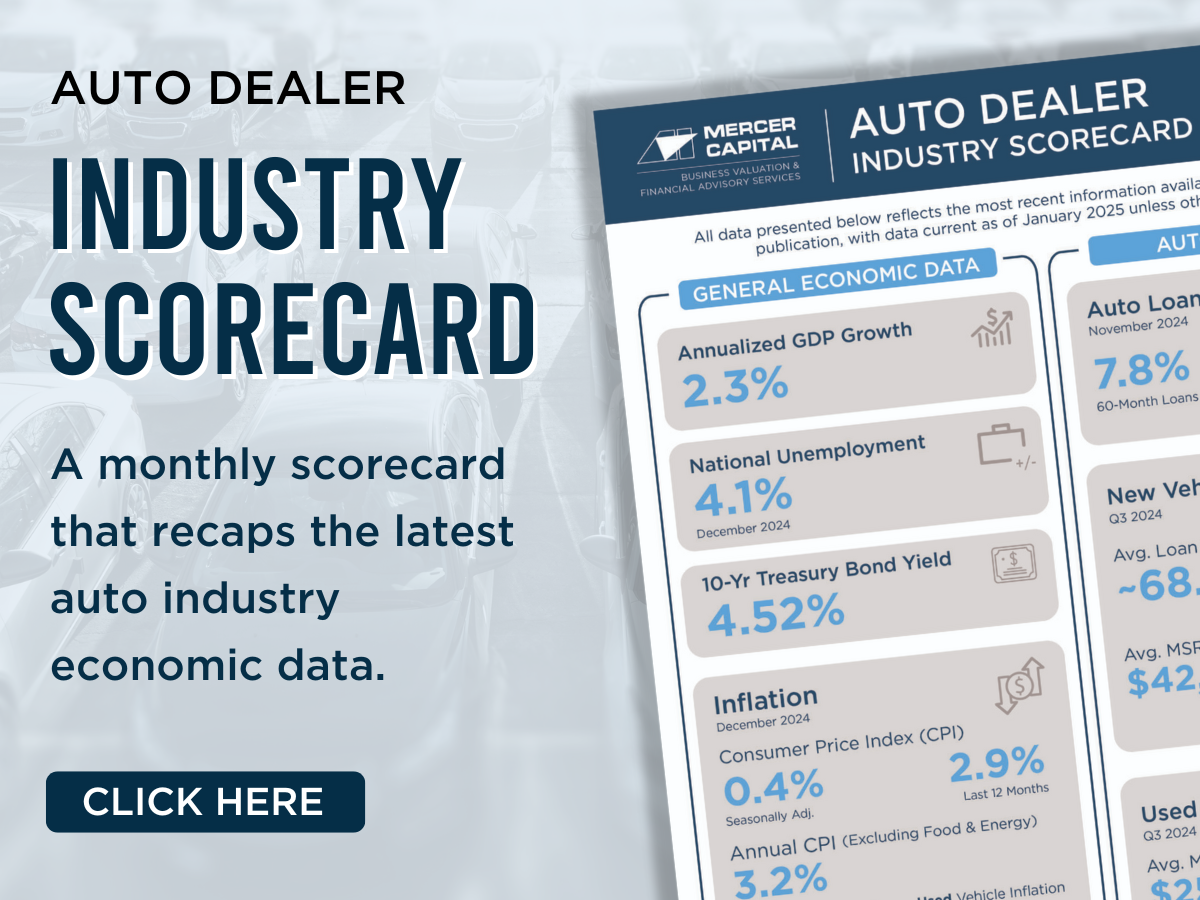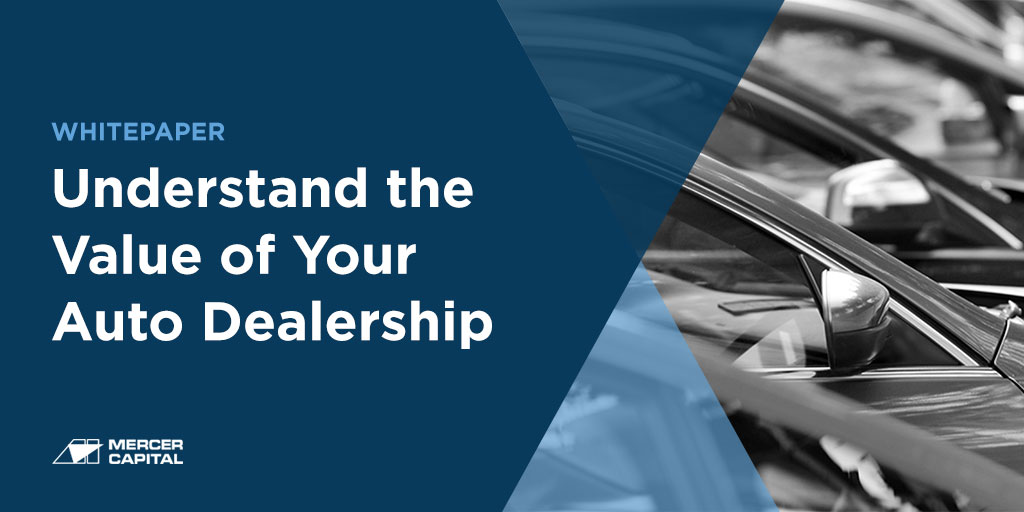Understanding Reinsurance for Auto Dealers (Part I)
What It Is and Why It Matters
Key Takeaways
- Reinsurance enhances dealer profitability and control: By forming a captive reinsurance company, dealers can retain underwriting profits and investment income—keeping more value in-house while improving customer experience and claim handling.
- Reinsurance offers diversification and long-term wealth creation: Profits from reinsurance are countercyclical to sales and can accumulate tax-efficiently, making them a valuable tool for income diversification and estate planning.
- Not all dealers benefit equally: Reinsurance adds complexity and risk, and may not suit smaller, single-point stores or dealers with limited management bandwidth. However, improved industry support and changing retail economics are making reinsurance increasingly accessible and beneficial.
Auto dealerships are complex businesses with revenue streams ranging from new and used vehicle sales to service, parts, and F&I (finance and insurance). For many dealers, F&I represents the most profitable department at the dealership, especially over the last year.
Within F&I, one of the most underappreciated opportunities for wealth creation is reinsurance. While some dealers have operated reinsurance companies for years, others rely solely on commissions from third-party product providers. In the first blog of this series, we introduce the basics of reinsurance in the context of auto dealerships and explore both the pros and cons of establishing a reinsurance company.
What Is Reinsurance in the Dealership Context?
Reinsurance refers to a financial structure where a dealer creates an entity, distinct from dealership operations, referred to as a “captive” reinsurance company. Instead of transferring risk to third parties, dealers retain the underwriting risk themselves through their captive, allowing them to participate in underwriting profits derived from their sale of F&I products.
Examples of covered products include:
- Vehicle service contracts (VSCs) / extended warranties
- GAP insurance (guaranteed asset protection)
- Tire, wheel, dent, or appearance coverage
After the sale of the above F&I product, the dealer remits the premium into their captive (“reserves) (less fees for administration and risk management). When done correctly, reserves exceed claims paid, with the difference known as underwriting profit.
How Does Reinsurance Work?
The mechanics are straightforward but layered with detail:
- Customer purchase: A buyer finances or leases a vehicle and elects to purchase an F&I product, paying a premium.
- Premium allocation: The premium is split and allocated to various costs, including administrative costs, third-party fees, and reserves for claims.
- Ceding to the captive: The net underwriting exposure is ceded to the dealer’s reinsurance company (often domiciled offshore in a jurisdiction like the Turks & Caicos, or domestically with the Delaware Tribe of Indians).
- Claims activity: Over time, claims are paid out of capital reserves. These reserves are established at the inception of the reinsurance entity and are further strengthened by the payment of premiums and the performance of assets over time.
- Underwriting profits: If claims are lower than premiums collected, the remaining funds stay in the reinsurance entity.
- Investment income: Between the sale of the F&I product and the payment of claims, the reserves are invested, allowing dealers to further compound their reinsurance dollars.
What are the Benefits of Using Reinsurance?
There are many reasons why auto dealers use reinsurance as part of their dealership enterprise:
- Enhanced Profitability: Dealers capture not just the commission income but also underwriting profits and investment income. Instead of driving significant value to an unrelated party, dealers who use reinsurance capture a greater share of the value they deliver.
- Control of the Customer Experience: Captives can tailor F&I products and influence claims handling, giving dealers more options they can offer to their customers. Dealers do not want to lose out on the opportunity to sell the next car to a family because of a negative experience after the sale. By remaining involved with reinsurance, dealers increase their touch points with customers and can ensure claims are handled in a manner that reflects well on the store.
- Income Diversification Benefits: Reinsurance profits are not directly tied to front-end gross margins, providing countercyclical support during slow sales periods. Reinsurance is yet another diversification tool, similar to when fixed operations increase to offset declining volumes. From a valuation perspective, more diverse income streams tend to come at lower risk profiles, increasing value.
- Long-Term Wealth Accumulation: Retained earnings within the reinsurance entity can build into a significant base of assets over time. By domiciling reinsurance companies in tax-advantaged locations, auto dealers can accumulate wealth more quickly than taking distributions from the dealership, paying income taxes, and investing the after-tax proceeds into a taxable brokerage account.
Why Some Dealers Don’t Use Reinsurance
Reinsurance comes with a level of risk and added complexity that may not be worth it for all dealers in every situation. Single-point stores with low or average volumes may find the economics less compelling. These stores also tend to get less attention from advisors who can help them implement reinsurance operations. There are start-up and ongoing costs that may make the incremental return on hassle not worthwhile. Adding onto that, if the management team is stretched thin, it can reduce overall returns if adding reinsurance distracts from other parts of running the business. Risk tolerance is also a key consideration, as some owners prefer a guaranteed commission over underwriting variability. Finally, captives are generally long-term wealth-building vehicles; impatient owners may prefer immediate cash flow or other alternative structures, such as a retro (profit share with their administrator).
Why Dealers Should (Re)Consider Reinsurance
Even if a dealer hasn’t explored reinsurance in the past, several recent trends make it worth revisiting:
- Changing Economics of Automotive Retail: With vehicle margins under pressure, F&I profitability is more critical than ever.
- Succession and Estate Planning: Captives can serve as flexible vehicles for transferring wealth in multi-generational dealership families.
- Professionalized Support: Today’s administrators, captive managers, and asset managers simplify management.
The key to any reinsurance program is a strong administrator surrounded by independent advisors who will look after your best interests. For too long, dealers have been confused by reinsurance or had bad experiences as the industry has matured. Recently, the dynamics of the space have changed and now dealers have the ability to partner with teams who will turn reinsurance into a profit center for the dealer principal.
Conclusion
Auto dealers wear many hats: retailer, financier, and often, insurer. One of the less obvious but highly impactful aspects of dealership profitability is reinsurance. While it may not receive as much attention as new car margins or service absorption, reinsurance structures can represent a significant component of a dealer’s income and enterprise value in an extremely tax-efficient manner.
For dealers with sufficient sales volume, reinsurance is less about “if” and more about “when.” As consolidation continues in the industry, reinsurance has become a best practice among larger groups, and single-point dealers may find themselves at a competitive disadvantage if they forgo the additional profit stream.
In Part 2, we’ll discuss how reinsurance entities interact with dealership valuation and estate/succession planning.
 Auto Dealer Valuation Insights
Auto Dealer Valuation Insights 








